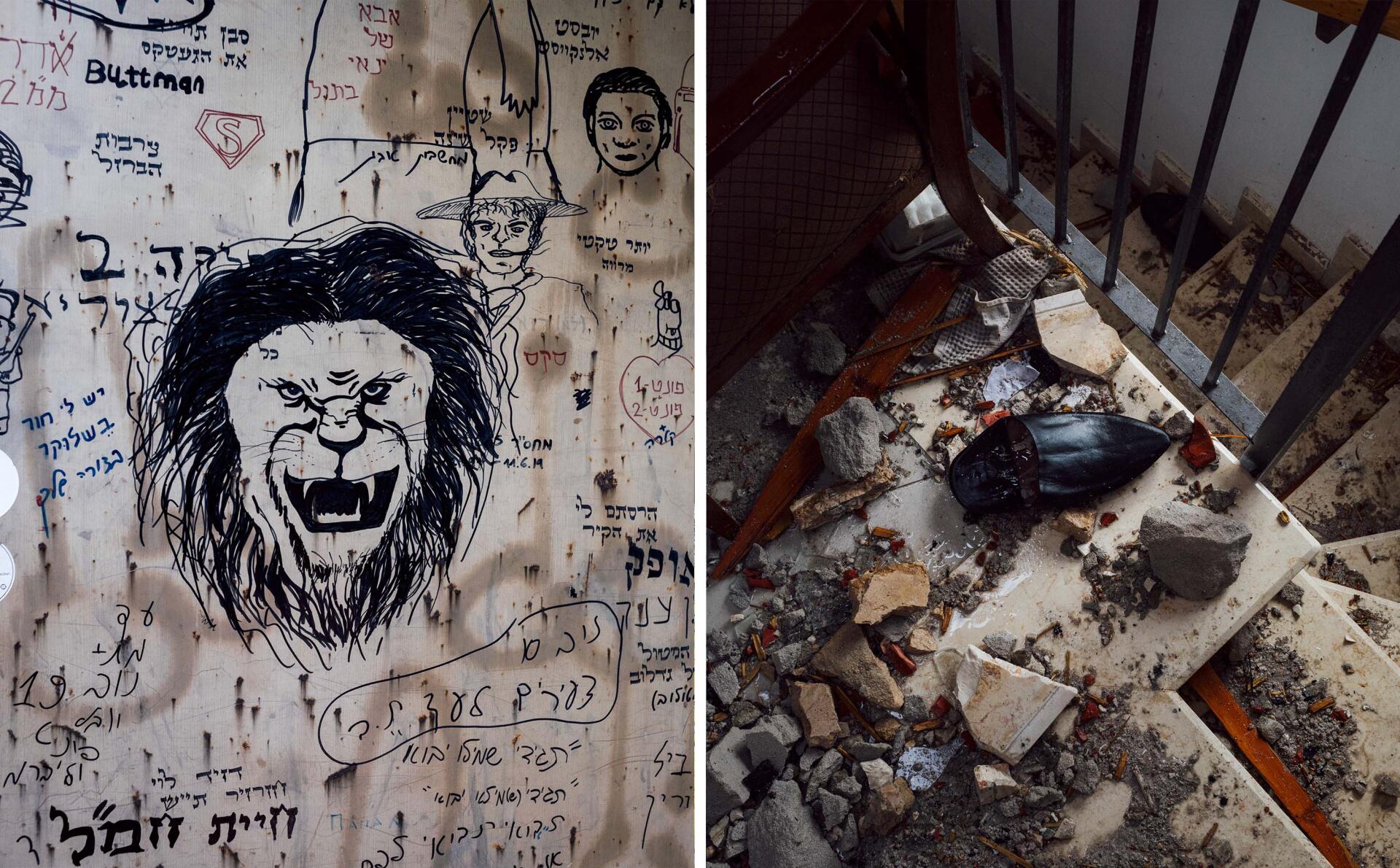


Israel and Hezbollah's strange war on the border with Lebanon
Long ReadFighting around Israel's northern border remains under control for the time being, but both sides are actively preparing for the prospect of open conflict.
In the icy wind that rushes between the peaks, sheets of water compete for space in the sky with grandiose streams of light. However, in Hanita, a deserted kibbutz in Israel's mountainous north, no one is in the mood for rainbows. Under the arbor of a house, whose roof has been punctured by a Hezbollah rocket fired from neighboring Lebanese territory, Lieutenant-Colonel Dotan tried to discern the origin of the shots that rang out across the mountain range. Lebanon is just a few hundred meters away from the kibbutz, which adjoins the "blue line," the border drawn by the UN.
In mid-January, a small group of journalists were invited to this location on the "northern front" for a tour of the site, even though there wasn't much to see, or many people to visit. The contact lens factory situated below has been relocated. Residents were evacuated three months ago, in the wake of the October 7 Hamas attack, for fear of infiltration by Hezbollah fighters – notably from the elite Radwan unit. Although no such attempt was made, tensions remain, fuelled by regular firing of rockets, 120 mm mortar shells and, above all, anti-tank weapons, at various points along the border.
In Hanita, bicycles and abandoned gardening tools remain – as well as fat-bellied cats, overfed by the soldiers, the overwhelming majority of whom are reservists. Several tens of thousands of them have been deployed by Israel in this strange war, made up of long waits and localized threats. "They've fired 800 rockets into Israel since October," said the colonel, as another detonation rang out. That time it was an incoming anti-tank missile. Soldiers retaliated with automatic weapons from within the kibbutz.

In peacetime, this lieutenant colonel is a teacher at a military college. He held an old military manual listing basic tactics in his hand. "With all our reservists arriving from the world of start-ups and universities, it must seem strange, but I had to impart this basic knowledge to them, given our situation: How to dig a foxhole [an individual hole for an infantryman] and protect yourself in it, for example." After decades of high-tech warfare that led, in part, to the Gaza disaster, it's as if the Israeli army in the country's north was going back to basics.
Active preparation
The officer was born on this kibbutz. He knows every nook and cranny, which isn't all that complicated, but he also knows the contours of the surrounding terrain and the firing axes open to Hezbollah's anti-tank missiles – Russian-made Kornets. They are the perfect weapon for this situation: Their range is limited – around ten kilometers – their fire is precise, and Israeli interception systems are no match for them. Hezbollah can therefore harass the Israeli army, all the while avoiding an escalation that neither side wants, until further notice.
You have 60% of this article left to read. The rest is for subscribers only.
